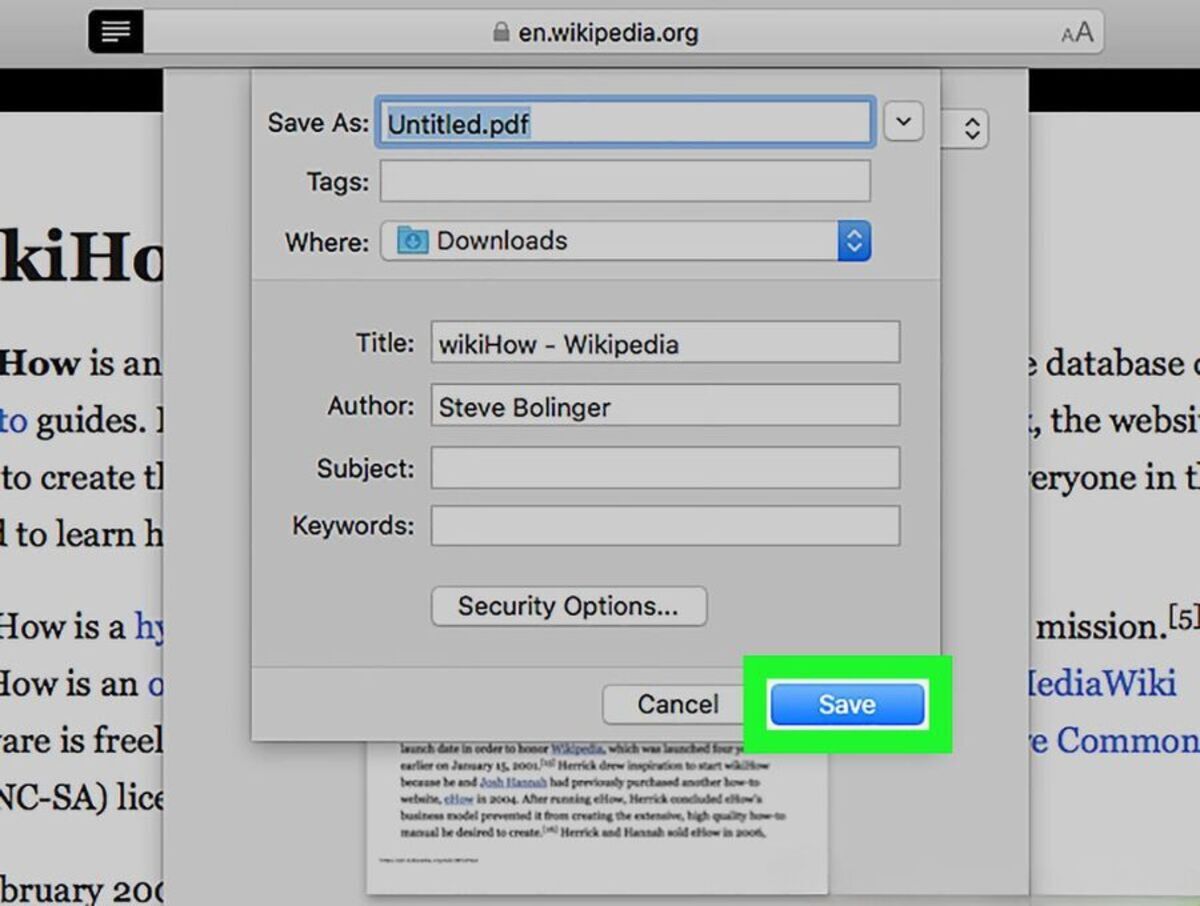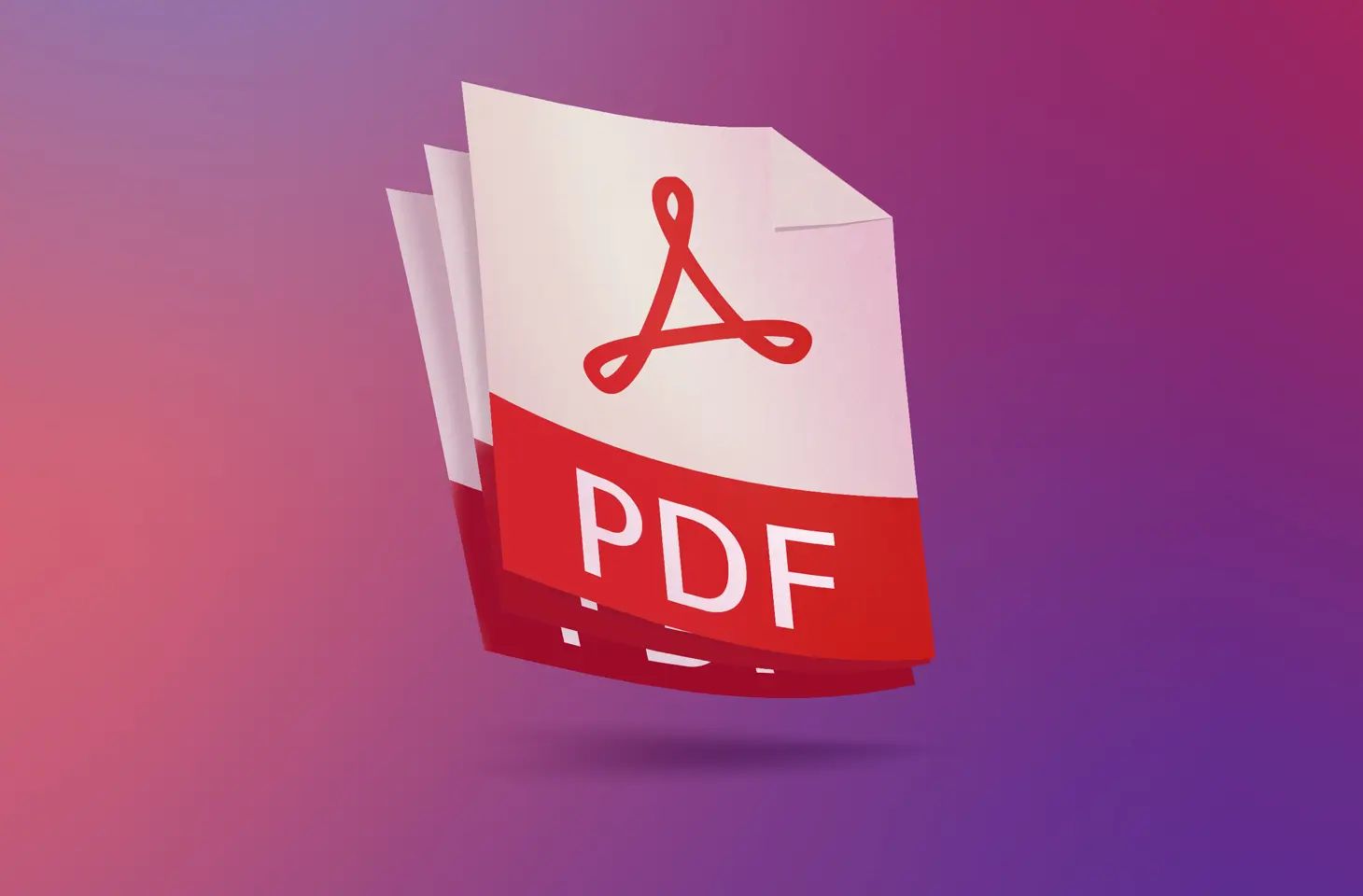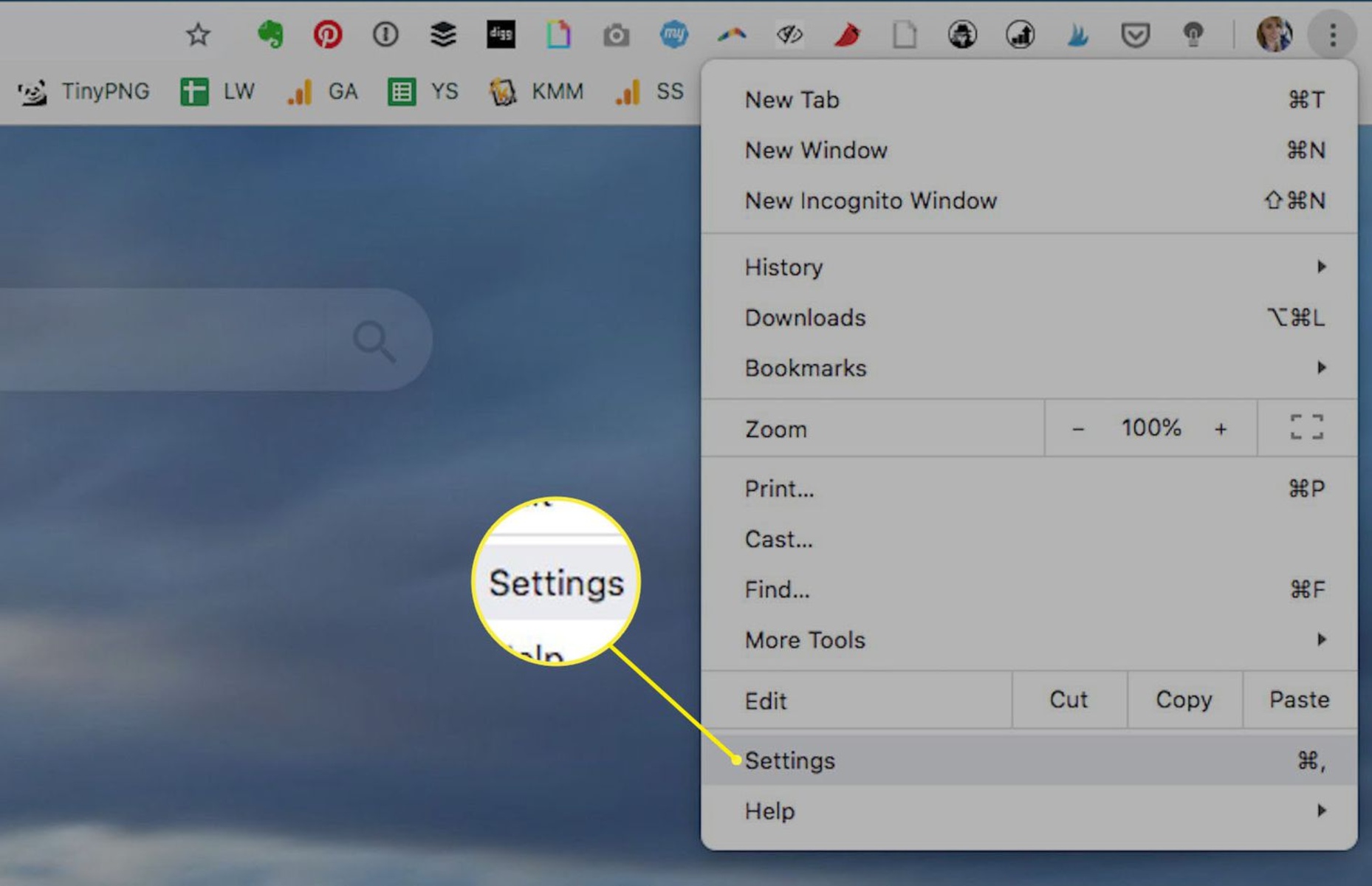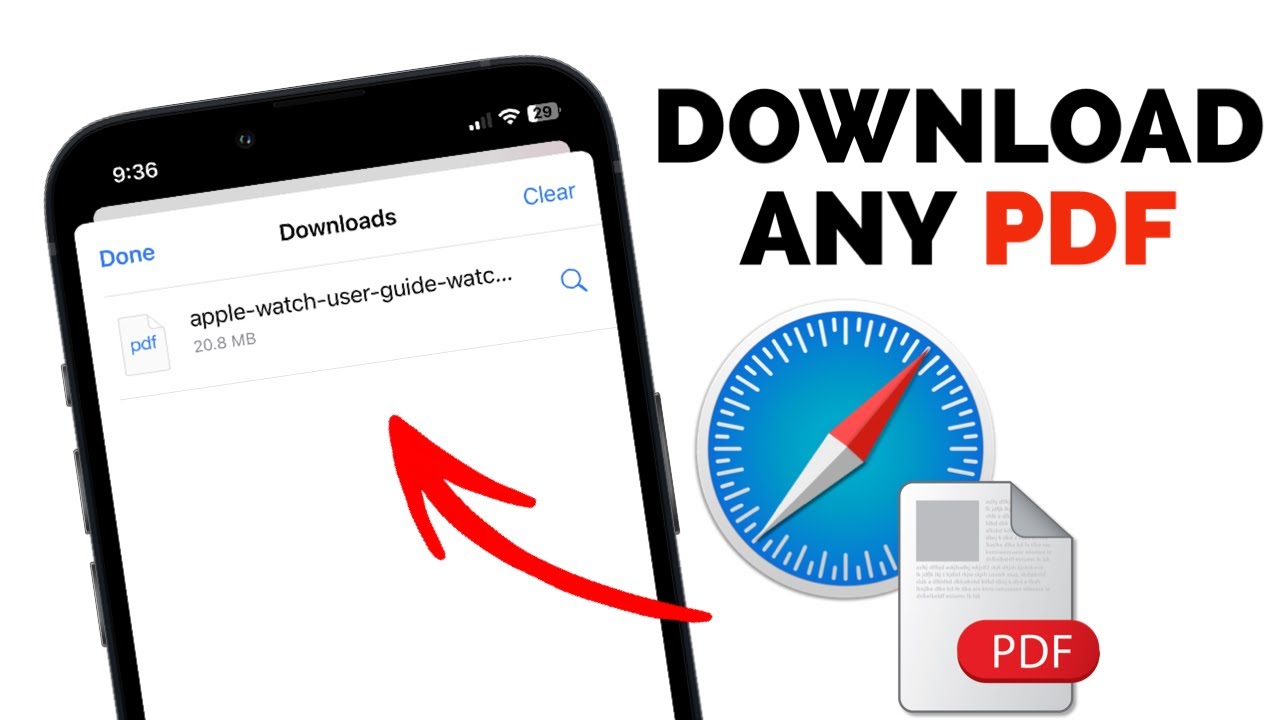Introduction
Welcome to the world of website downloading! Have you ever come across a website that you wanted to save as a PDF for offline use? Whether it’s a blog, an online article, or a webpage filled with valuable information, having the ability to download a website as a PDF can be incredibly useful. Fortunately, there are tools available that make this process quick and easy.
In this article, we will guide you through the step-by-step process of downloading a website as a PDF. By the end of this tutorial, you will have the necessary knowledge to save any website of your choice as a PDF document on your device. So, let’s dive in and get started!
Before we begin, it’s important to note that the method described in this article is specific to downloading websites as PDFs. While there are other methods available, using a dedicated tool provides a seamless and efficient way to accomplish this task. Plus, it ensures that the formatting and layout of the website are accurately preserved in the PDF file.
Now that we have set the stage, let’s move on to the first step: choosing the right tool for the job. Keep in mind that there are several options available, so it’s essential to select one that suits your needs and preferences. Whether you are using a desktop or a mobile device, there is a tool out there that can help you download websites as PDFs.
Step 1: Choosing the Right Tool
When it comes to downloading websites as PDFs, having the right tool is crucial. With the wide range of options available, it’s important to choose a tool that is reliable, user-friendly, and compatible with your device. Here are a few factors to consider when selecting the right tool:
- Compatibility: Ensure that the tool you choose is compatible with your operating system, whether it’s Windows, macOS, iOS, or Android.
- Features: Look for tools that offer a comprehensive set of features, such as the ability to capture the entire website including images, text formatting, and hyperlinks.
- User Interface: A clean and intuitive user interface can make the downloading process much simpler and enjoyable. Look for tools that provide a user-friendly experience.
- Reviews and Ratings: Check out user reviews and ratings to get an idea of the tool’s performance and reliability. This can help you make an informed decision.
There are several popular tools available for downloading websites as PDFs. Some of the top choices include Adobe Acrobat, Web2PDF, Print Friendly & PDF, and PDFmyURL. Take the time to explore these options and find the tool that best fits your needs and preferences.
Once you have chosen a tool, you are one step closer to downloading your desired website as a PDF document. In the next step, we will discuss the process of installing the tool on your device. So let’s move on to step 2: installing the tool.
Step 2: Installing the Tool on Your Device
Now that you’ve chosen the right tool for downloading websites as PDFs, it’s time to install it on your device. The installation process may vary depending on the tool and your operating system, but the general steps remain similar. Follow these steps to install the tool:
- Visit the official website of the tool you’ve selected. Look for the “Download” or “Install” button, and click on it.
- You will be directed to the download page. Choose the version of the tool that is compatible with your operating system (Windows, macOS, iOS, or Android).
- Click on the download link, and the file will start downloading to your device.
- Once the download is complete, locate the downloaded file on your device.
- Double-click on the file to start the installation process. Follow the on-screen prompts to complete the installation.
- After the installation is complete, you will find the tool’s icon or shortcut on your desktop or in your Applications folder.
- Click on the icon or shortcut to launch the tool.
Depending on your device’s security settings, you may need to grant permission to install the tool. If prompted, follow the instructions to allow the installation to proceed.
It’s important to only download and install tools from official and trusted sources to ensure the safety and security of your device.
Now that you have successfully installed the tool, you are ready to move on to the next step: opening the website in the tool. This will allow you to begin the process of downloading the website as a PDF. So let’s proceed to step 3.
Step 3: Opening the Website in the Tool
With the tool installed on your device, it’s time to open the website you want to download as a PDF. Follow these steps to open the website in the tool:
- Launch the tool by double-clicking on the icon or shortcut.
- Once the tool is open, you will typically see a search or input bar at the top of the interface.
- Enter the URL or web address of the website you want to download as a PDF. Make sure to type the address correctly to avoid any errors.
- Click on the “Go” or “Search” button to initiate the loading process.
- The tool will start retrieving the website and displaying it within its interface. This may take a few seconds depending on the size and complexity of the website.
During the loading process, it’s important to ensure that you have a stable internet connection. This will help avoid any interruptions or incomplete loading of the website.
Once the website is fully loaded within the tool, you will be able to see its contents, including text, images, and other media elements. This indicates that the website is ready to be converted into a PDF file.
Now that you have successfully opened the website in the tool, you are ready to move on to the next step: configuring the options. This will allow you to customize the PDF conversion according to your preferences. Let’s proceed to step 4.
Step 4: Configuring the Options
Once you have the website open in the tool, it’s time to configure the options before converting it into a PDF. By customizing the options, you can ensure that the PDF file meets your specific requirements. Here are the key options you should consider:
- Page Orientation: Choose between portrait (vertical) or landscape (horizontal) orientation for the PDF pages.
- Page Size: Select the desired page size for the PDF, such as A4, Letter, Legal, or custom dimensions.
- Header and Footer: Decide whether you want to include headers and footers in the PDF, and if so, customize the content and formatting.
- Margin Settings: Adjust the margins around the PDF pages to optimize the layout and readability.
- Image Compression: Specify the level of compression for images in the PDF to balance file size and image quality.
- Font Embedding: Choose whether to embed fonts in the PDF to ensure consistent display across different devices.
These options may vary depending on the tool you are using, but most PDF conversion tools offer similar customization features. Take the time to explore the settings and adjust them according to your preferences.
It’s worth noting that some tools may also offer additional advanced options, such as table of contents generation, watermarks, encryption, and annotations. These can further enhance the PDF and make it more useful for your specific needs.
Once you have configured the options to your satisfaction, you are ready to proceed to the next step: saving the website as a PDF. This is the final step in the process and will convert the website into a downloadable PDF file. Let’s move on to step 5.
Step 5: Saving the Website as PDF
Now that you have configured the options to your liking, it’s time to save the website as a PDF file. Follow these steps to complete the conversion:
- Locate the “Save” or “Convert to PDF” button within the tool’s interface. It is usually located in a prominent position for easy access.
- Click on the “Save” or “Convert” button to initiate the PDF conversion process.
- The tool will begin converting the website into a PDF file, applying the chosen options and configurations during the process.
- Depending on the size and complexity of the website, the conversion may take a few moments to complete. You may see a progress bar or indication of the conversion status.
- Once the conversion is finished, the tool will prompt you to choose a location to save the PDF file on your device.
- Select a folder or directory where you want to save the PDF file, and choose a name for the file.
- Click on the “Save” or “Export” button to save the PDF file to the specified location.
After saving the PDF file, you can access it from the chosen location on your device. Open it with a PDF reader or viewer to ensure that the content, formatting, and layout are accurately preserved.
Congratulations! You have successfully saved the website as a PDF. Now you can enjoy offline access to the website’s content, without the need for an internet connection.
In the next step, we will discuss the importance of verifying the PDF conversion to ensure its accuracy. So let’s move on to step 6.
Step 6: Verifying the PDF Conversion
After saving the website as a PDF, it’s important to verify the conversion to ensure that the PDF file accurately represents the content and layout of the original website. Follow these steps to verify the PDF conversion:
- Locate the saved PDF file on your device. It should be in the folder or directory you selected during the saving process.
- Double-click on the PDF file to open it using a PDF reader or viewer.
- Scroll through the pages of the PDF and verify that the text, images, and formatting are consistent with the original website.
- Pay close attention to the layout, fonts, colors, and any interactive elements like links or buttons. Ensure that they are preserved in the PDF.
- If you had customized options such as headers, footers, or margins, check that they appear as intended in the PDF.
- If the PDF includes images or graphics, make sure they are of sufficient quality and resolution.
During the verification process, it’s a good idea to compare the PDF with the original website side by side, if possible. This will help you identify any discrepancies or issues that may have occurred during the conversion.
If you notice any problems or errors in the PDF, you may need to go back to the tool and adjust the options or reconvert the website. Make the necessary changes and repeat the saving process to obtain an accurate representation of the website as a PDF.
By verifying the PDF conversion, you can ensure that you have a reliable and usable offline version of the website. This is particularly important if you plan to reference or share the saved PDF with others.
With step 6 completed, you have successfully learned the entire process of downloading a website as a PDF. Congratulations! Now you can enjoy the convenience of accessing websites offline, retaining their content, and maintaining the original formatting.
If you found this tutorial helpful, feel free to share it with others who may benefit from learning how to download websites as PDFs.
Conclusion
Downloading websites as PDFs can be a valuable tool for offline access, archiving, and sharing information. Throughout this tutorial, we have explored the step-by-step process of downloading a website as a PDF file.
First, we discussed the importance of choosing the right tool for the job. Selecting a reliable and user-friendly tool with the necessary features is crucial for a seamless downloading experience.
Next, we covered the process of installing the chosen tool on your device. Following the installation instructions provided by the tool’s official website ensures a smooth installation process.
Once the tool was installed, we learned how to open the desired website within the tool. With a stable internet connection, loading the website within the tool is crucial for the subsequent PDF conversion.
After opening the website, we explored the various options available for customization. Configuring these options helps tailor the PDF conversion to meet your specific requirements, including page orientation, size, headers, footers, and more.
The next step involved saving the website as a PDF file. By following the conversion process within the tool, you were able to create a downloadable PDF file that accurately represents the content and layout of the original website.
To ensure the accuracy of the conversion, we emphasized the importance of verifying the PDF file. Comparing it with the original website allowed you to identify any discrepancies and make necessary adjustments.
By following these steps, you now possess the knowledge and skills to download websites as PDFs. This approach provides you with a convenient and efficient way to access and store valuable online information.
Remember, each tool may have its own unique features and user interface, so it’s important to explore different options and choose the one that suits your needs best.
So why wait? Start downloading your favorite websites as PDFs and enjoy the benefits of offline access today!

























